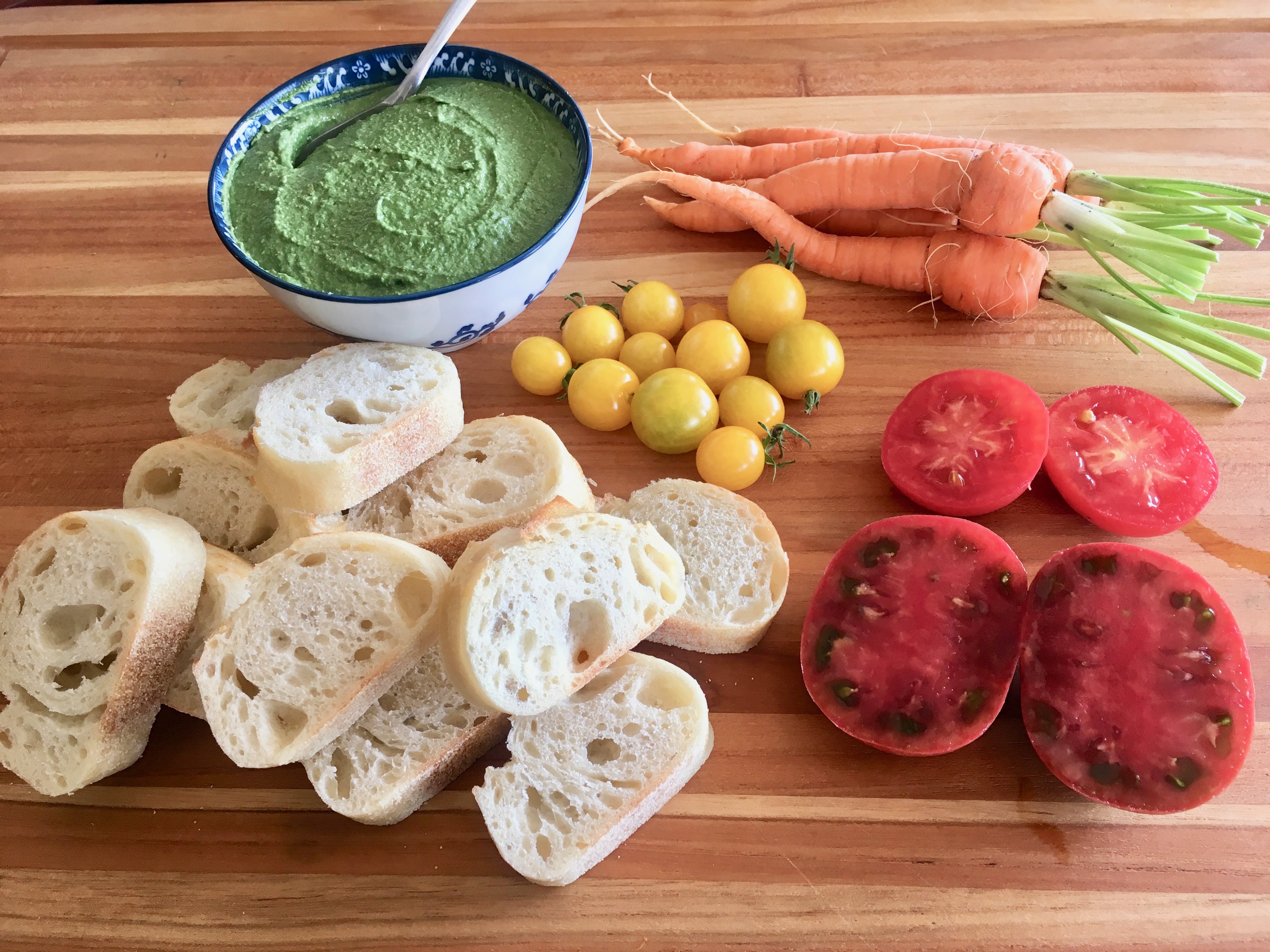FULL SUN
Full morning sun, but does benefit from some afternoon shade
pH
Neutral to slightly acidic
PLANTING
March to August. Plant from early Spring to mid Summer.
Watering
Needs to be watered well
Fertilization
Heavy feeders needing a well balanced N-P-K ratio
EXPERIENCE
Beginner
The squash family is deserving of a space in the desert garden because it is such a prolific food source and with some care will grow quite easily. Squash comes in many varieties and fall under the Cucurbit family. They are divided into winter squash and summer squash. Both types are planted from early spring until mid-summer. Summer squash is quick maturing and can be eaten a few weeks after planting. Winter squash is so called because it typically takes longer to mature and is ready later in the season. It is basically the food stored for eating over the winter months.
CLEARING UP SQUASH MYTH(S)
Squash will not cross with other cucurbits likes melons or cucumbers, in fact, not all squashes can even cross with each other. There are several squash species and they can only cross within their species.
SQUASH VARIETIES
Cucurbit pepo
This is a very popular group of squashes made up of both summer and winter types. In fact almost all summer squashes fall into this group, as they are grown for their immature squash. Zucchini, scallop squash, desi, acorn, and crookneck are some summer squashes in this group. Examples of popular winter squashes in this group are delicata squash, spaghetti squash, sugar pie, and dumpling squash. Squashes in this group can easily cross with each other but not with squashes from other groups.
Cucurbit maxima
This is a very large group of squashes. They typically have very large hairy leaves. These are hubbard and turban type squashes. Common examples are buttercup squash, kuri, kaboocha, banana squash, and hubbards. Again this squash group can only cross with each other and not with any of the other groups.
Cucurbit moschata
These are the butternuts, cushaws and cheese pumpkins. They are more pest resistant and better for gardeners who have issues with squash bugs.
Cucurbit mixta/ argyrosperma
This is the type mostly native to the Sonora Desert. This type is also resistant to pests, meaning that while pests may still attack them, they do not succumb under an attack. Some cushaws are considered moschata and others mixtas. That is because these two groups may carry similar genes and some may cross with each other. This group produces cylindrical curved fruit. They can be eaten and summer squash or winter squash. They are good storage squashes.
Most squashes will do well here. Mixtas and Moschata are best for pest resistance. Native Seed carries a lovely selection of desert type varieties.
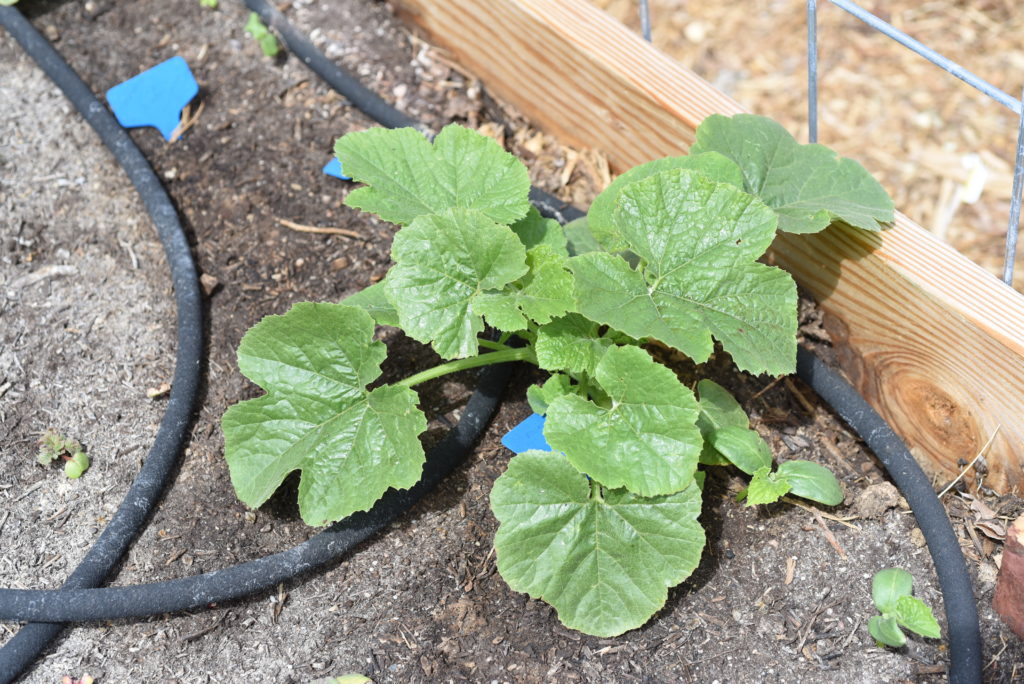
HOW TO PLANT
- Squashes need very rich soils and often the best ones grow in the compost pile from discarded seeds.
- Amend pots, raised beds, or the ground with rich compost. Additional Bio Fish in the planting holes will greatly benefit squash plants.
- Plant from seed, by sowing directly in the ground. It is a good idea to soak the seeds overnight to speed up germination
- Plant twice as deep as the size of the seed.
- They can also be planted from transplants. If starting seeds indoors start them 4-6 weeks before planting out.
- Keep squash plants well watered.
- There should be good airflow around the plant to prevent fungal issues.
- Trellis vining types or allow to sprawl on the ground, acting as a ground cover.
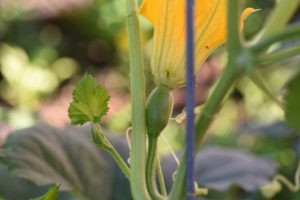
POLLINATION
Squash plants have separate male and female flowers on the same vine. In order for successful fruit set, pollen from the male blossoms need to be moved to the female blossoms. The male and female flowers are easily distinguishable from each other in the following ways:
- Male flowers will have a skinny stem while females will have a small fruit right at the base of the flower. It will look a similar shape to what the mature fruit looks like. For example, zucchini will have small zucchini like fruit and butternut will have a small bell-shaped fruit. The male flowers can be harvested for eating. See tips here.
- The male flower will have a single anther in the middle of the flower covered in a powdery yellow pollen. The female flower will have a pistol, which is kind of rounder and bulbous, it will definitely look different from the pollen anthers. It will also be sticky.
Pollinators like bees, ants and other insects will do the pollinating for you, if you do not have any pollinators you will have to self pollinate. You could use a soft paintbrush to move the pollen from the male flowers to the female ones. Alternatively, you could simply break off the male flower, peel back the petals so there is good access to the anther and gently rub it across the stigma.
POSSIBLE ISSUES
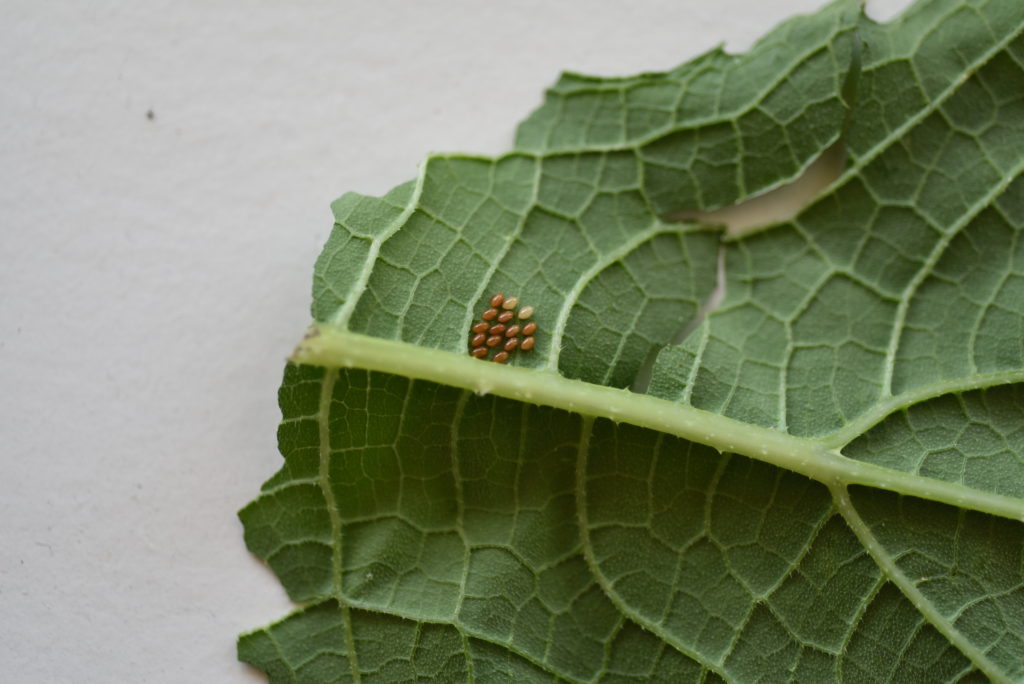
SQUASH BUGS, LEAF-FOOTED BUGS
This is probably the issue that most affects squash growers.You could keep plants covered with row covers to prevent these insects from having access to them. Additionally plant more of the Mixta, and Morschata types that are resistant to pest damage. If you do have an issue, check leaves as often as possible for eggs and remove. If you find and juveniles of adult bugs, you could knock them off into some soapy water to dispose of them. I also keep a pair of scissors handy and snip them in two if I come across them. Squash bugs could also spread a bacteria that causes yellow vine decline, which will turn the plant yellow overnight.
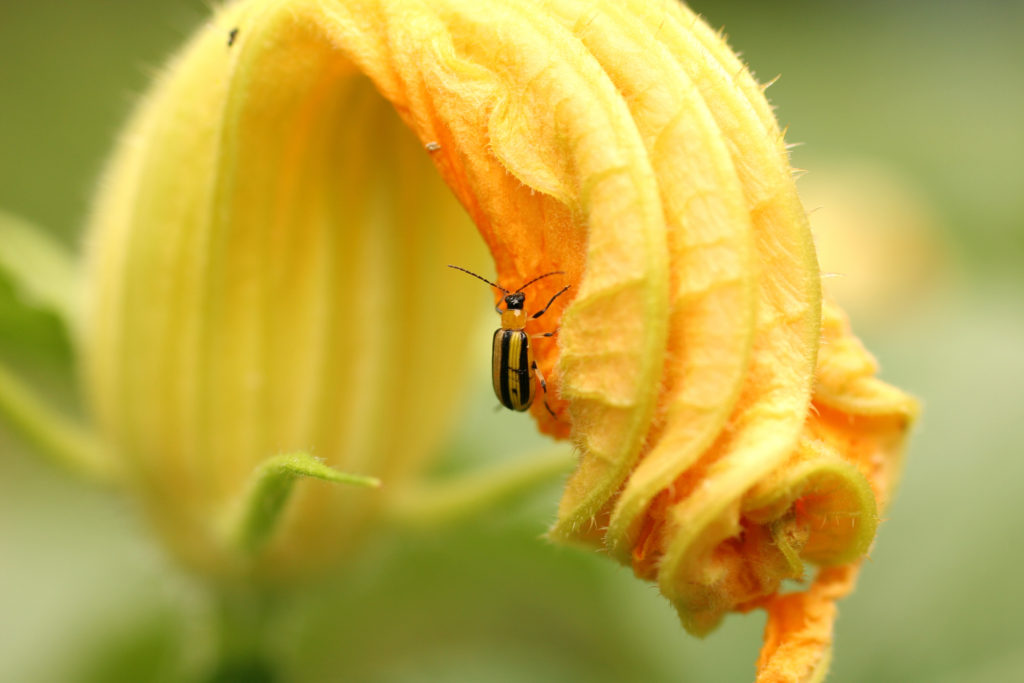
CUCUMBER BEETLES
Recently (2019) we noticed a lot of cucumber beetles on the squash plants at Ardenelli Farms. They are quick and relentless and will attack several types of crops. Row covers are one method of prevention, but if too late, then close attention and manual removal is necessary. Eggs can be laid on the underside of the leaves or in cracks in the soil. Remove any eggs noticed on the leaves. A mixture made of kaolin clay and water can also be sprayed to the underside of the leaves to prevent them from eating. Beneficial insects like Lacewings, Assassin bugs and ladybugs are helpful controls. Plant nectar and pollen-rich plants close by to attract them.
BACTERIAL WILT
This disease shows up by wilting the new younger growth and eventually spreading to the entire plant. Once this happens, there is nothing that can be done to save the plant. It should be removed and disposed of (not in the compost pile). Bacterial wilt is passed on to the squash plants from the cucumber beetle. Control of cucumber beetles is necessary to prevent bacterial wilt. Bacterial wilt can be positively identified by sticky strands or bacterial ooze. Cut a part of the wilted vine using a knife and carefully pull the ends apart to search for this.
POWDERY MILDEW
It is important to note that some squashes have a silvery blotchy leaf pattern on the leaf surface. Sometimes gardeners may mistake it for powdery mildew. Powdery mildew will be uneven white formations on the leaf surface that will rub off. It is best to get powdery mildew under control as early as possible. There are many different strains of powdery mildew and some are prevalent in really dry weather conditions. A mixture of equal parts milk and water sprayed on the leaves every day to second day will not kill the mildew but prevent new spores from germinating on the plant. Remove any foliage that is most affected. Also, clean up dead and old plant matter that has been affected to prevent future spread.
WHITEFLY
This is a very prevalent Fall pest seen on a large number of crops. Daily hosing off of the underside of leaves will help to keep them in check, but will not eradicate them. If no pollinators or beneficial are observed then an organic pest spray can be used. Yellow sticky traps can also be used to control the numbers.There is also the silver leaf whitefly who’s saliva has toxins that turn entire squash plants a silvery color. Not to be confused with powdery mildew, this will not wipe off. It does reduce plant vigor and production.
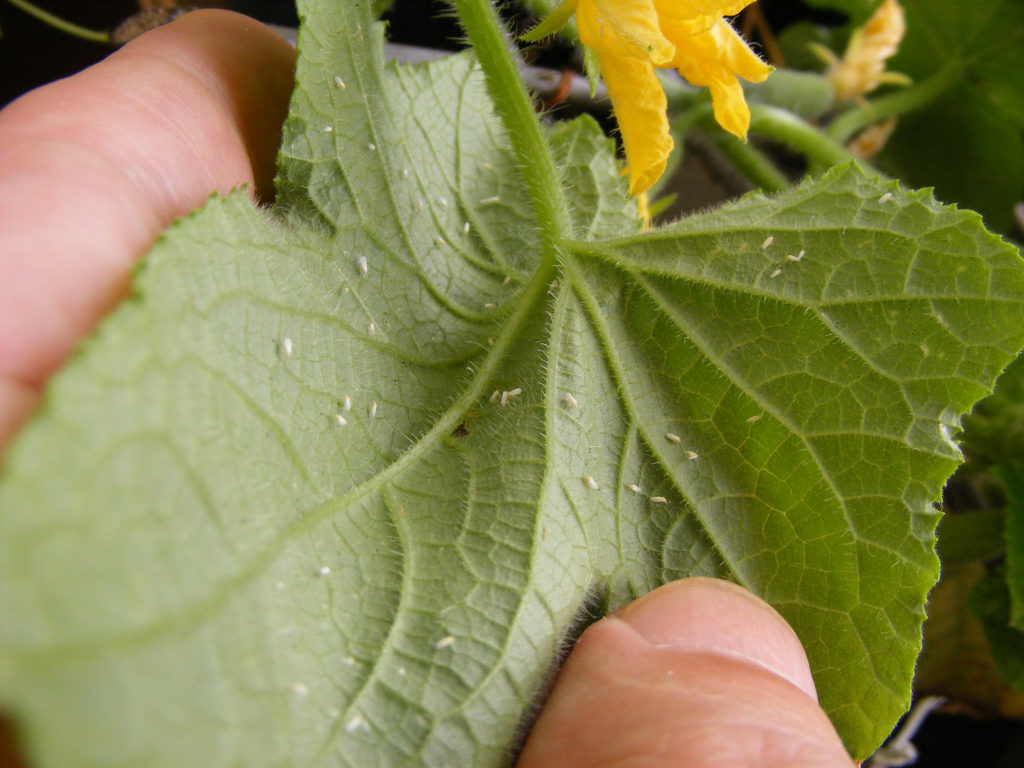
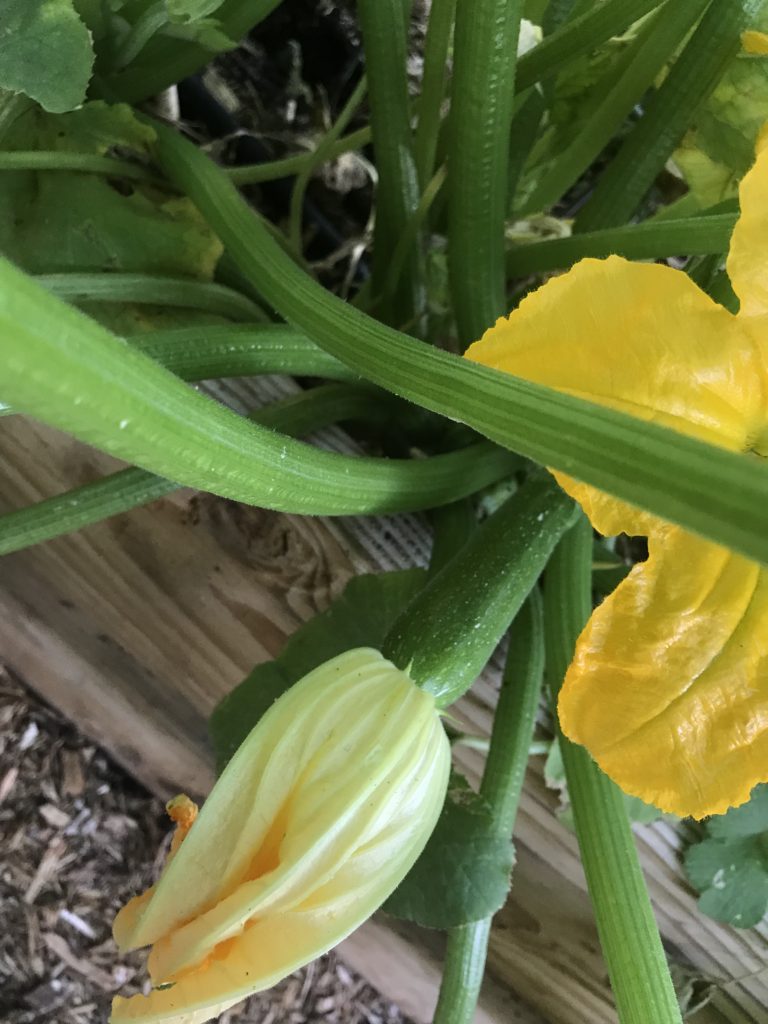
COMPANIONS
Nasturtium, dill, yarrow, and radish.
Also plant with corn and beans.
HARVESTING
Summer Squash can be harvested approximately 3 days after fruit set, but can be left to get larger for stuffing. They are best eaten young and tender.
Winter squash needs a long growing period, normally about 90-100 days, and must be left on the vine. They are ready to pick when the stalk that attaches the squash to the plant starts to dry out. They can be left in place until the vines dry out, for the best flavor. Some winter squashes can be eaten as young as a summer type.


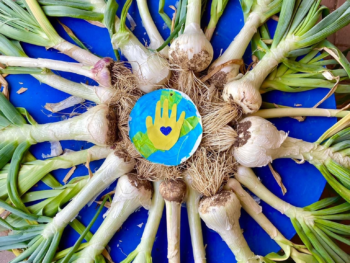
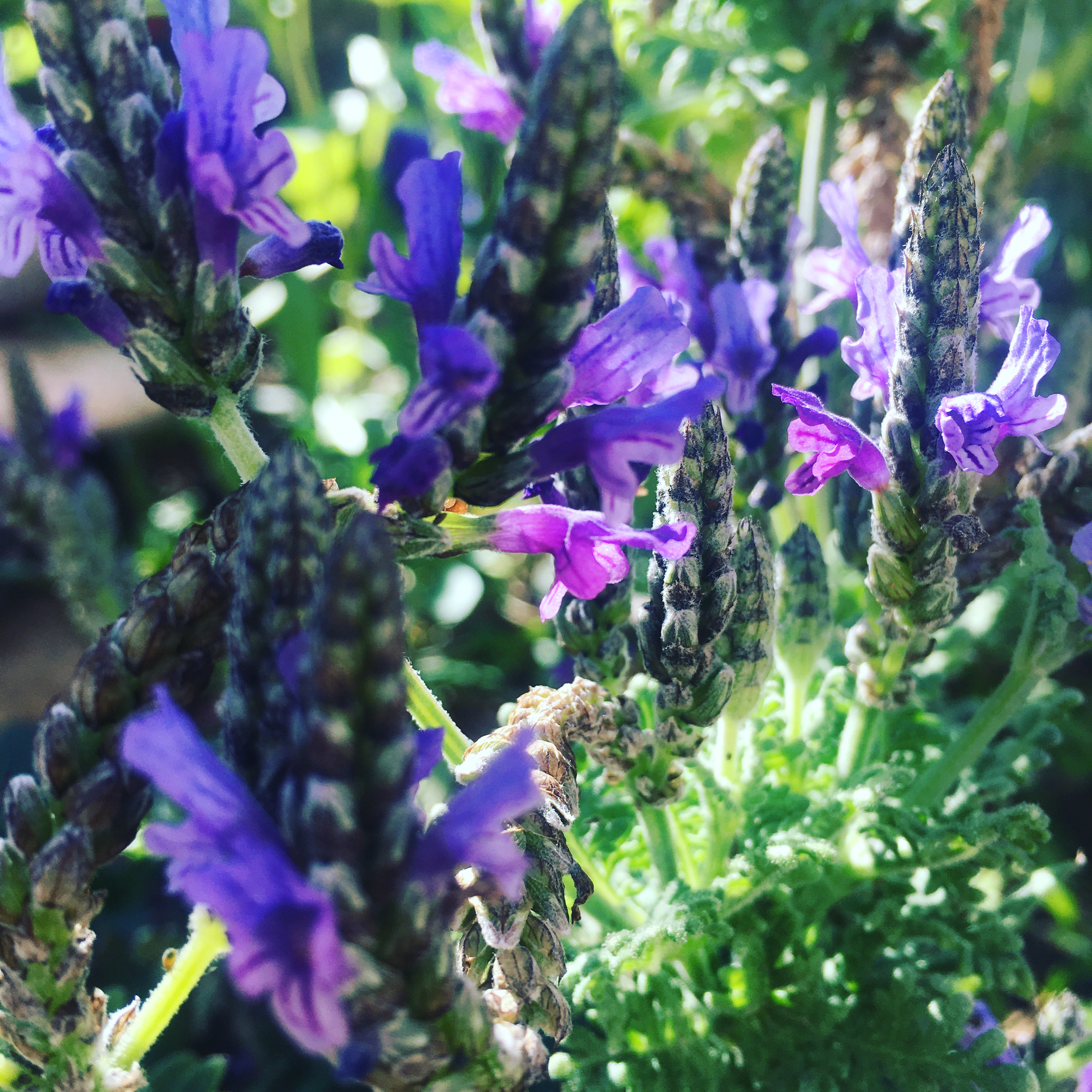
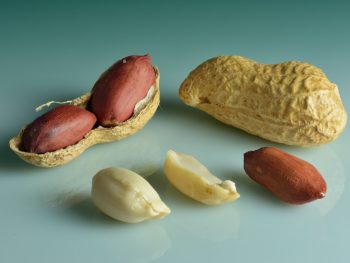
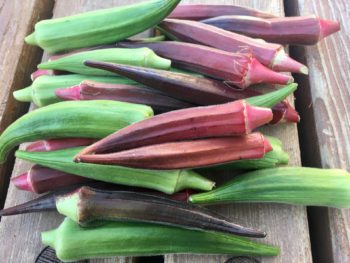
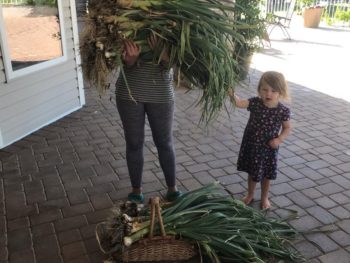
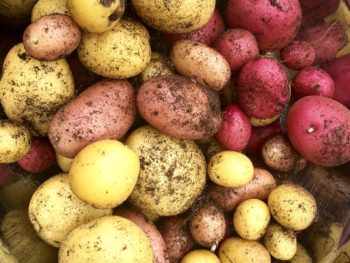
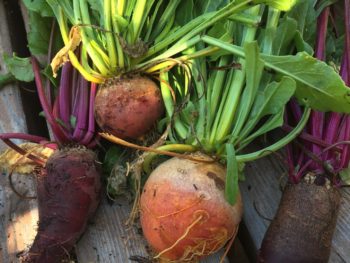
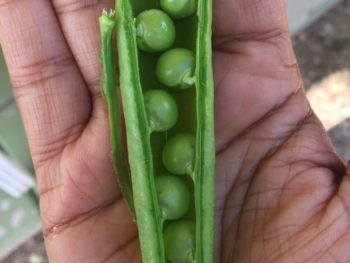
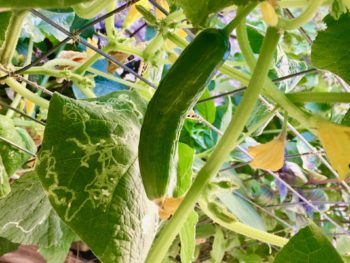
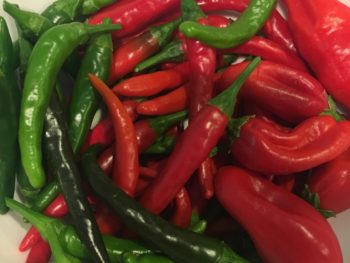
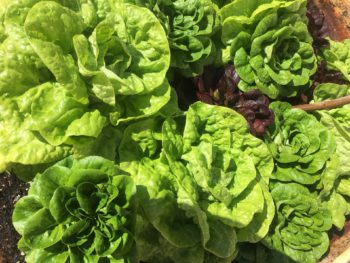
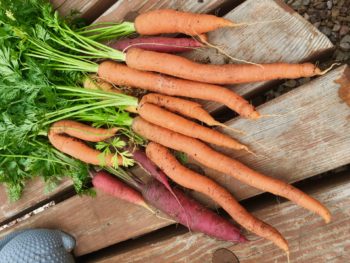
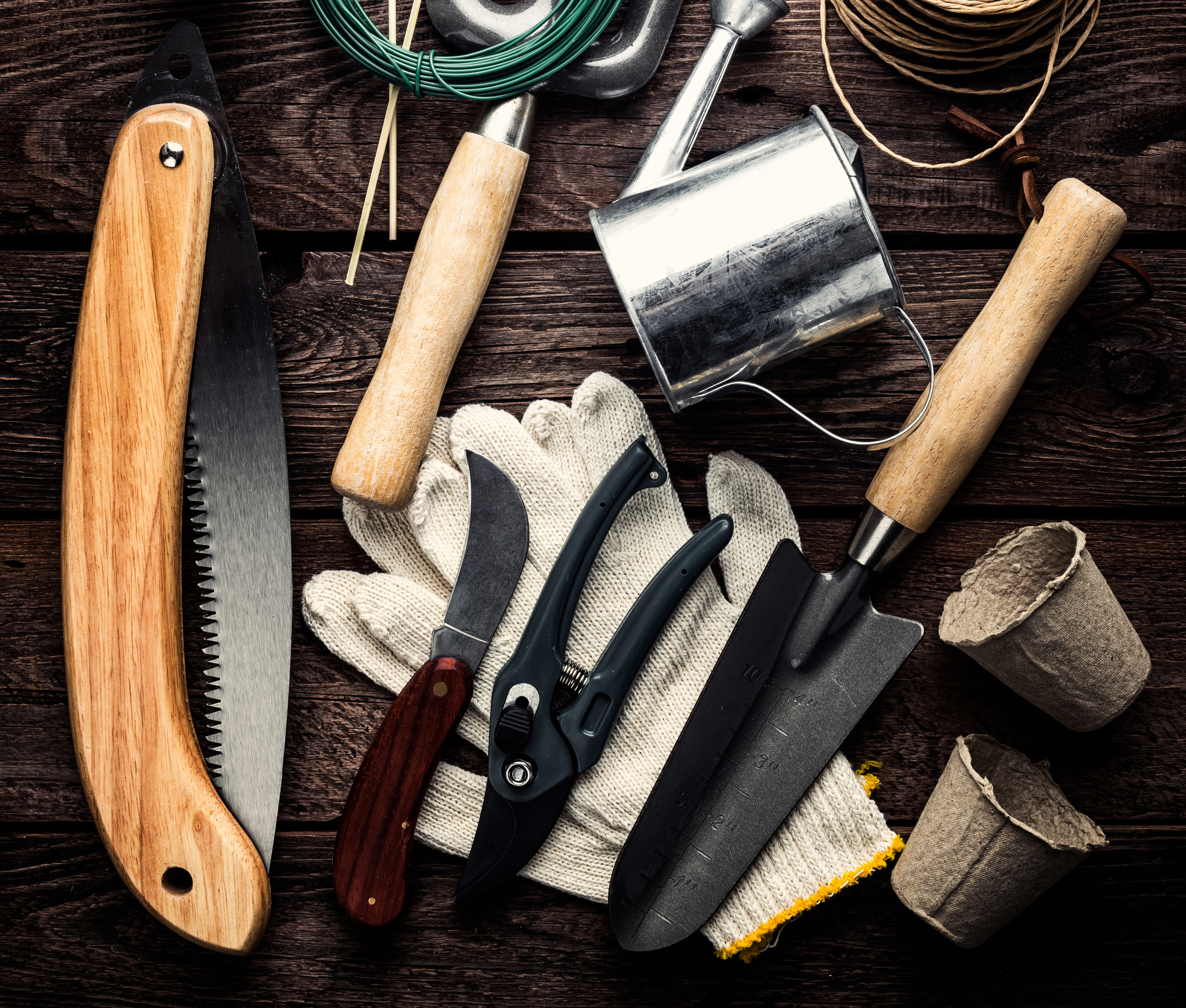 Tip: Keeping Sanitary Pruning Tools
Tip: Keeping Sanitary Pruning Tools